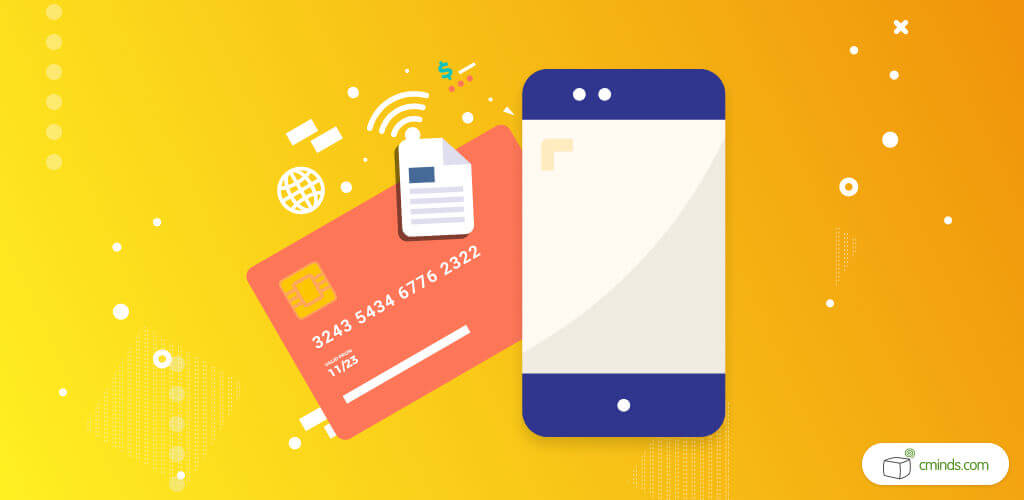Every successful eCommerce store knows the significance of a robust payment gateway solution. It’s the beating heart that keeps transactions flowing and customers happy. So, if you’re running a WooCommerce or Easy Digital Downloads (EDD) store, you’ll want to know more about payment gateways. Let’s discuss payment gateway options specially tailored for WooCommerce and EDD, ensuring your online business remains at the forefront of seamless and secure transactions.

Choosing the right one depends on your store’s needs. So we’ll talk you through their features as well as look at their pros and cons.
December 2024 Offer – For a Limited Time Only:
Get WordPress MicroPayments Platform Plugin for 20% off! Don’t miss out!
Getting to Know Payment Gateways

WooCommerce and Easy Digital Downloads (EDD) are two of the top eCommerce solutions for WordPress. While EDD is primarily for digital download stores, WooCommerce allows you to build any eCommerce store of your choosing. Both need a payment gateway for your customers to make their purchases.
What is a payment gateway?
If you’re new to eCommerce, you might be wondering what a payment gateway is. Here’s your answer.
Online payments involve four players: the merchant (that’s you), the cardholder (your customer), the issuing bank (the customer’s bank), and the acquiring bank (your bank).
A payment gateway is the technology that transfers payment data from your customer to you, via your respective banks. Your payment gateway of choice validates the customer’s card details, ensures the funds are available in their account, and eventually transfers it to you.
Choosing one of these top payment gateways ensures that this is all done safely and securely. It will encrypt sensitive data (i.e the customer’s card details), ensuring the safe transfer of everybody’s info (and money!).
The Top Payment Gateways
There is no shortage of payment gateways to choose from, but some are better than others. Here we take a look at some of the top payment gateways for use with WooCommerce and EDD, assessing some vital pros and cons.
1. PayPal

Let’s start with a biggie. PayPal is one of the best known payment gateways around the world.
Pros
Cons
2. Stripe

Enter PayPal’s biggest rival. Stripe has been making a name for itself as a top payment gateway.
Pros
Cons
3. Braintree

An offshoot of Paypal, Braintree is a specialist in web and mobile payments.
Pros
Cons
4. Amazon Pay

Is there anything that Amazon can’t do? Its payment gateway comes in the form of Amazon Pay.
Pros
Cons
5. Square
Square is another great option when you’re looking for a payment gateway.
Pros
Cons
6. BlueSnap

BlueSnap is a lesser known payment gateway, but that doesn’t mean you should count it out in your search.
Pros
Cons
Things to Consider

When it comes to picking a payment gateway there are some important factors to consider.
Cost
Location
Security
Support
So, there you have it. A breakdown of the top payment gateways for WooCommerce and EDD.
Help and Support for WordPress Extensions
We know building and running an eCommerce store is no easy task. You have lots of decisions to make, not least which payment gateway to use. If you need help, advice, and support for your WordPress site, the team at CreativeMinds are always on hand to help.


